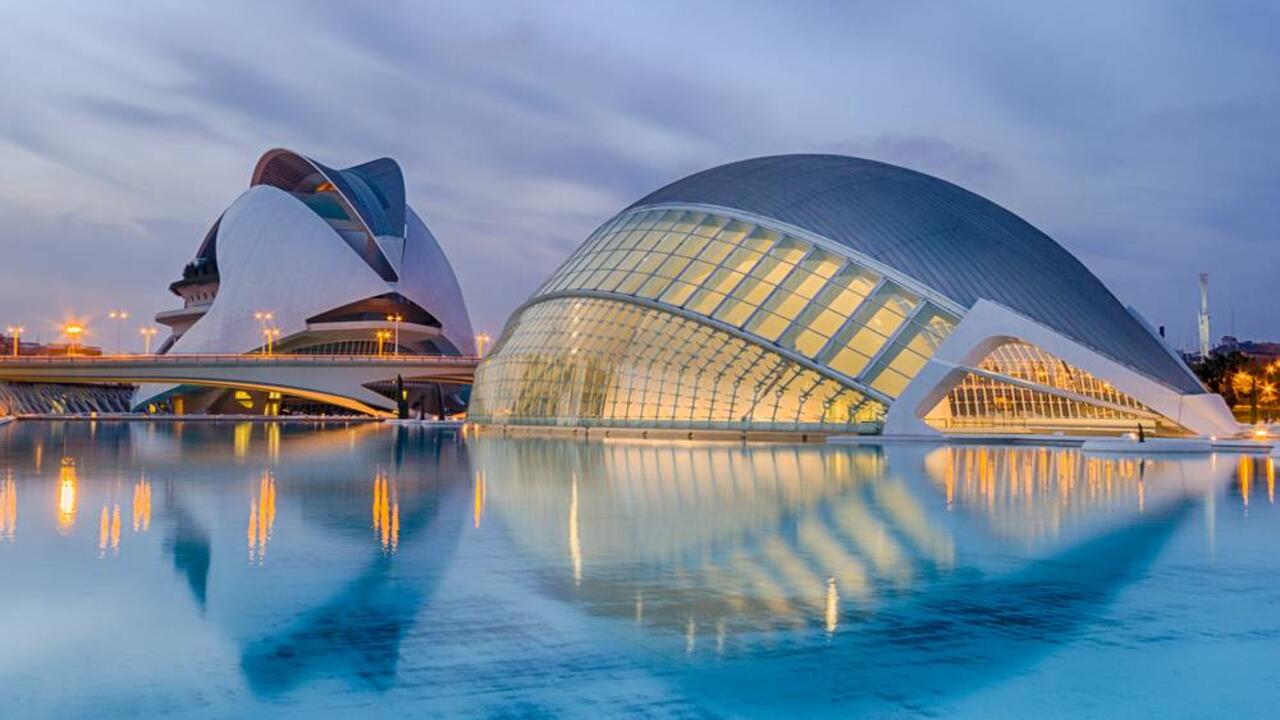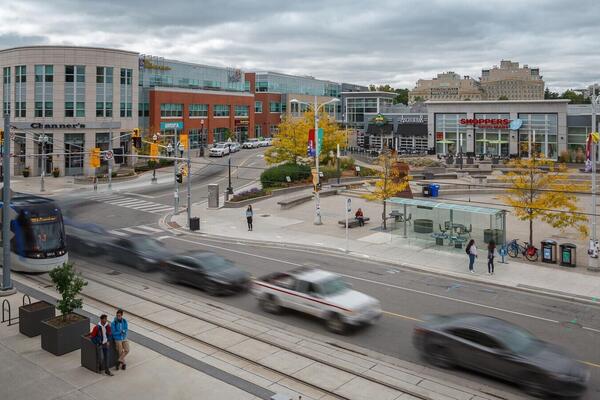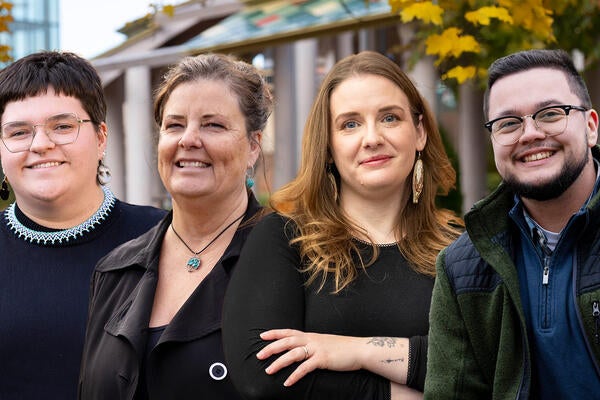
Q and A with the experts: how will COVID-19 change architecture?
Will COVID-19 change how we build our homes and offices?

Will COVID-19 change how we build our homes and offices?
By Media RelationsWill COVID-19 change how we build our homes and offices? Will architects use different materials? Will they design with a pandemic in mind?
We spoke to the Director of the architecture program at the University of Waterloo, Anne Bordeleau, to hear her thoughts.
How will the pandemic affect the future of building design?
Under the magnifying glass of the pandemic, the failures of our systems are more than ever manifest. The climate actions and anti-racism protests are throbbing and urgent reminders that have incredible power to truly mobilize us to act and implement meaningful change. As we all more or less continue to function as best as we can, students studying, professors teaching, builders building and businesses reopening, what should worry us most is: what if nothing changes? The question is: could the pandemic really affect the future of building design? But this does not mean responding to the necessity to maintain social distance, rethinking how we move through buildings or minimizing surface contact and hence the need to sanitize. It means addressing what the pandemic really points to, the social inequities and systemic flaws that have been revealed as different countries put measures in place to protects these very systems and the populations they serve. How could the realization of this deep intersectionality and interconnectedness truly change the way we approach the design of our homes and cities?
Will the pandemic encourage a change in the types of materials that architects use in their designs?
The question is not so much whether there would be a change in the types of materials that architects use in their designs, but whether we will revisit what we consider to be disposable and available in terms of materials. Should our building materials continue to be brought from across the globe or should they not be sourced locally – in the rubbles of a demolition site or in renewable resources? Clearly, the changes we are looking at are not specific to material types, building components or touchless technologies, but rather, like the problems that we truly need to face, the changes should be systemic and involve a rethinking of networks and cycles of demolitions and construction. Every design decision should be informed by a thorough consideration of the domino effects that any material selection could engender, with all the complexities that this implies if one is truly to consider the social, cultural but also technological and environmental impacts of integrating one material versus another.
How much did public health factor into the process of designing a space before the pandemic, and do you think that will change now?
The response here also imply a broader look. Are public health factors touching on the isolation of our retirees in what are often poorly designed senior homes? Will the benefit temporarily gained from making a number of streets pedestrian to encourage walking be quickly shadowed by the desire to move back to uninterrupted and fluid traffic flows? Will the perfectly manicured lawns reappear at the expense of the vegetable garden planters that have been popping up everywhere? Within the School of Architecture, we find ourselves in a moment when inherited practices in architectural education are questioned more urgently than ever, when the discipline of architecture itself is still looking for ways in which it might re-invent itself, to be less elitist perhaps, closer to the people certainly, more accessible to all, hopefully. Conversations about public health should range from the microscopic composition of the materials we use but also to questions of environmental justice. Change will not just happen. We need to actively bring about a post-pandemic shift within the profession to foster more collaborations with vulnerable populations within our societies while prioritizing holistic and responsible approaches to design.
The University of Waterloo has a number of experts available for comment on various aspects of the COVID-19 pandemic, click here to see the up-to-date list.

Read more
It Started in Waterloo: An Astronaut's Journey into the Universe of Innovation, narrated by Chris Hadfield, highlights the University of Waterloo’s role in igniting innovation within the region and beyond.

Read more
Waterloo researchers have developed a new quantum computing approach that brings science closer to simulating the early universe

Read more
Researchers awarded funding to investigate ecology, climate change, repatriation, health and well-being through cultural and historical lens
The University of Waterloo acknowledges that much of our work takes place on the traditional territory of the Neutral, Anishinaabeg, and Haudenosaunee peoples. Our main campus is situated on the Haldimand Tract, the land granted to the Six Nations that includes six miles on each side of the Grand River. Our active work toward reconciliation takes place across our campuses through research, learning, teaching, and community building, and is co-ordinated within the Office of Indigenous Relations.